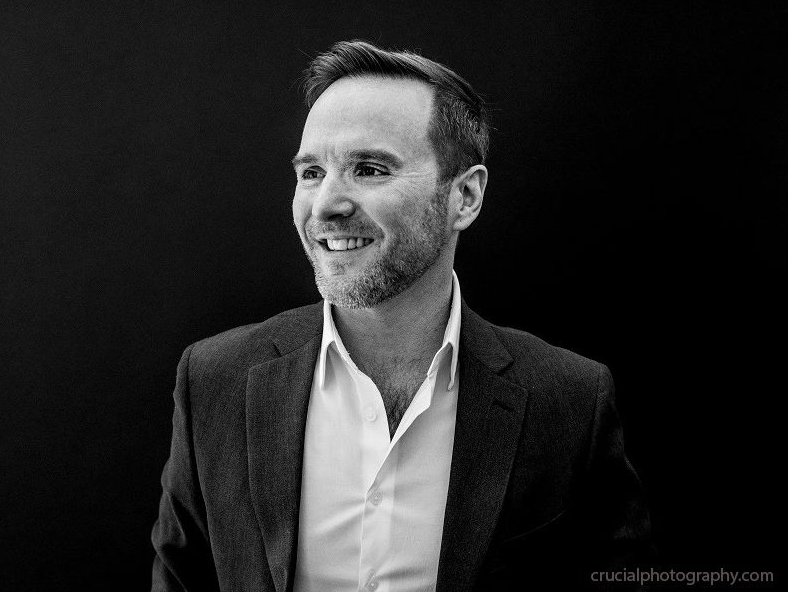When it comes to hair restoration and loss prevention treatments, if it goes beyond Minoxidil and Finasteride, everything else is pretty much just a sale of hope and positive vibes. These two compounds were approved by the U.S. FDA as the only “clinically proven” treatments that help regrowth hair regeneration. Even then, the success rates are just about 60% and would work better if a user is below 40 and has just started to lose their hair. Also, they take months of dedication and commitment to come through, if at all, and the side effects are just another reason to be cautious.
Let’s face it. Hair regeneration by either medications or transplant surgery is always unpredictable. There are no perfect clinics or surefire procedures – everything is heavily dependent on the patient’s situation and hair loss track.
However, in the past decade, there’s been a major point of excitement for the hair restoration community with Dr. Takashi Tsuji’s hair multiplication OTC treatment research. Based in Kobe, Japan, Dr. Tsuji works with a team of top scientists at the Riken research institute in Japan. The team proposed a cure for hair loss that would generate a large number of hair follicles from a small number of present strands, leading to possible full regrowth of lost hair. They had earlier announced to eager followers all over the world that the commercial product would be released in 2020. However, clinical trials were reportedly delayed by COVID-19.
Recent trials and emerging possibilities
This February, the RIKEN team published an update in the British journal Scientific Reports, detailing the significant progress that has been made in their research. Led by Dr. Tsuji and his colleague, Dr. Makoto Takeo, the study is titled, “Expansion and characterization of epithelial stem cells with the potential for cyclical hair regeneration”. All older and recent trials have been carried out on mice through the extraction, multiplication, and re-implantation of follicles. The researchers reported that they were able to use a special in-vitro culture method to multiply bulge-derived cells about 4000 times so that at least 100 new hair follicles can be created from a single existing follicle.
For the upcoming human trials, the scientists postulate that stem cells positive for some special types of adhesive proteins including antibody CD34 and integrin alpha 6 and beta 5, and the extracellular glycoprotein, tenascin, are all essential in the regeneration of lost hair.
The entire process lasted 80 days on mice with an 80% regeneration success, and according to the researchers, they were as perfect as normal hair. However, no information has been released on when the human trials will start. Also, as reported in further updates, the team needs about $4.8 million in funds/donations to continue their research.
Transplant specialist Joe Tillman weighs in on Tsuji’s research

Dr. Tsuji isn’t the first scientist to experiment on a cure for hair loss using stem cells, growth-accelerating nutrients, and mice. Several other studies have explored the same possibilities and while they usually promote hope through success with mice, a tangible treatment that can be used by humans is still years away.
According to hair transplant specialist and restoration mentor, Joe Tillman, a leading voice and educational pioneer in the industry, hair loss medicines truly have the potential to become a real thing in the future. However, until real steps are taken in the present, no one should hold their breaths. Solid progress has been made in the past decade and while the future seems promising, it’s still many inestimable years away.
“We still don’t have anything to work with,” Tillman said. “Any major potential breakthrough that has been discussed over the past thirty years, hasn’t made it out of the “hair growing on mice” stage. I’ve been in the industry for nearly 20 years and even before I got my start in the field, doctors would say that the cure for hair loss is “five years away”.
Tillman is the founder and CEO of Hair Transplant Mentor, an online platform focused exclusively on empowering and educating people with unbiased information on hair restoration processes – loss realities, treatment options, and as a last resort, transplant surgery. Tillman has been balding since he was a high school kid at the age of 17. He spent many desperate years trying out different remedies, eager to find a solution and all to no avail. He underwent unsuccessful surgeries that worsened his alopecia before finally hitting a breakthrough with another transplant procedure in early 2002.
Tillman had been documenting and blogging his journey throughout his successful procedure, so much that he eventually became the go-to guy on the internet for all hair restoration and information inquiries. He worked for many years as a hair clinic promoter and distinguished himself as the guy who was more concerned with informing clients on what was best for them, rather than raking in clients for any clinics. He now runs Hair Transplant Mentor, a community where people can find all the guidance they need on hair restoration and also get linked to the doctors and clinics best suited to their specific problems.
Tillman recalls one of the first ground-breaking studies in hair loss cures nearly 17 years ago. Since the major problem with most restoration processes is the lack of sufficient hair to restore a full head of hair, this particular doctor proposed the use of stem cells with the patient’s hair as the donor.
“What most people don’t realize is that the hair on your head isn’t simply a lot of individual hairs,” Tillman explained. “They are actually bundles of hair that grow as two hairs, three hairs, and to a lesser extent, four and five hairs.”
The normal process for a follicular unit extraction would start with shaving the donor area, but this doctor was only plucking one strand out of each hair bundle to avoid shaving off the spots. This way, he reasoned that the patients would still have enough hair in the donor spot. Sadly, the full bundles were the only way to get real results.
“He was very busy for a few years but his claims started to unravel as his transplant results became more visible to the public,” Tillman recounted. “The problem with transplanting only single hairs onto a bald scalp is that it will look very thin and wispy, and that is exactly how his patients looked.”
According to Tillman, the fact that Tsuji and his researchers haven’t provided an update on the start of human trials does not leave a lot to be hopeful about. Also, their quest for funds is not an encouraging reality. The future looks bright for hair loss cures with each groundbreaking research, but right now, no one is exactly certain.
“This isn’t to say that we will never have a cure, but ‘cure’ is a big word when it comes to hair loss,” he said. “A cure means a one-time fix that lasts forever. A ‘treatment’ is something that one has to apply regularly to maintain the intended benefits. So the question remains; will we ever have a cure for hair loss? I think we will, as science is improving our knowledge of proteins, growth factors, stem cells, etc, at an ever-increasing rate of discovery. When that cure will come, I cannot say, but I will absolutely not say ‘in five years’”.
